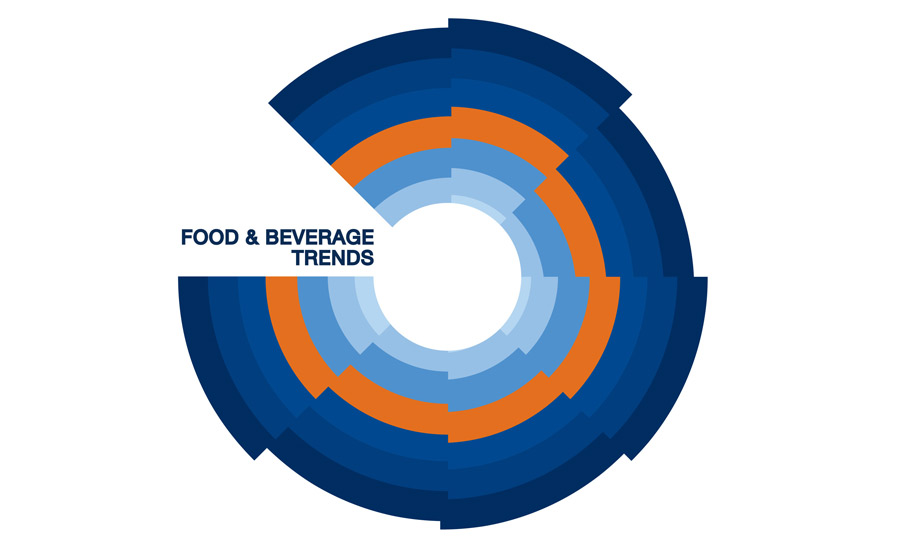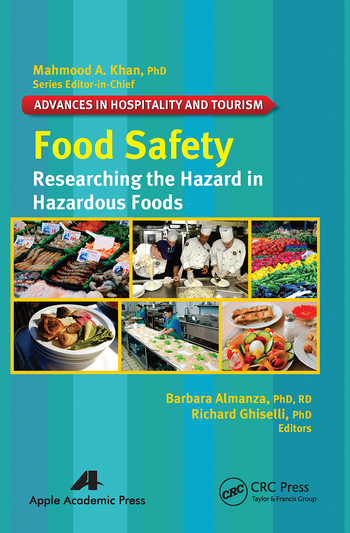Why Food Companies Should Embrace Innovation and R&D
Consumers demand food companies be transparent about what components make up the products they develop

The ongoing evolution of consumer preferences due to more and better access to quality information on nutrition has been the driving force behind the “clean label” movement.
Emboldened by their growing health consciousness and changing tastes for food in recent years, the general public has been compelled to learn what ingredients are in their food and why they are there. The efforts of consumers to become more knowledgeable about what they put in their bodies has also led food companies of all types and sizes to re-evaluate their offerings with one question in mind: How do the products stand up to consumers’ needs, wants and expectations?
Trying to identify an answer only leads to more questions, though. They include:
Do the products contain ingredients that can be found in the vast majority of kitchens?
Do they contain obscure, complex ingredients that consumers will not be able to recognize, readily identify or pronounce?
Where do these ingredients come from?
Perhaps most important of all, what do the ingredients do, and do people want to consume them?
More than ever before, consumers are demanding food companies be honest and transparent about what components make up the products they develop and put out on the market. Why is this the case? Because an ever-growing%age of people are concerned about what they are ingesting and how it will affect their long-term health, and they want to be able to make accurate and informed decisions on what they eat and drink on a day-to-day basis.
Today’s consumers are also challenging food companies to innovate. Their desire to experience products that are new, improved and interesting are forcing even the most successful organizations to strongly consider what they can do to attract or retain them. Whether it is unique flavor combinations, a contemporary take on a successful product, or even new packaging -- consumers are demanding more from food companies. Organizations willing and able to answer the call to innovate are finding themselves in the good graces of the buying public.
There is no doubt the “clean label” movement and the ever-changing taste preferences of consumers have inspired some companies in the food industry to put in the necessary time, effort and resources to develop new and innovative offerings that better meet the demands of the public. And while additional costs, added complexity and the possibility of failure go hand in hand with any effort to innovate, many food companies have found the risks and consequences are well worth the potential rewards of increased revenue and market share. The best food companies are always actively looking to identify, evaluate and leverage the latest consumer trends. Companies shouldn’t be expected to go out and completely overhaul the offerings they provide consumers as a result of those trends, but they should be highly motivated to develop something new and better.
However, no legitimate effort to innovate can occur without incurring substantial research and development (R&D) costs. Food companies that understand how to organize their resources to best engage in R&D activities can stand to gain significant financial benefit. One way, for example, is through claiming R&D tax credits offered by the federal and state governments that may offset some of the expenses associated with their innovation. The R&D tax credit allows companies that perform technological research to receive tax benefits related to certain research activity performed in the United States.
Some food companies falsely assume the R&D tax credit is only available to high-tech organizations developing cutting-edge products or technologies. When considering the broad-based definition of what activities may qualify, organizations begin to realize an opportunity for claiming the credit, including for activities that already regularly occur at the company.
“Since most food companies engage in some form of qualifying R&D activities, the opportunity for both federal and state R&D tax credits is significant,” Wendy Landrum, partner and R&D practice leader in national tax services at Baker Tilly Virchow Krause, LLP, said. “However, there is quite a bit of subjectivity in the tax regulations -- not to mention stringent contemporaneous documentation requirements -- that make it crucial for food companies to engage in ongoing dialogues to ensure additional opportunities are not being overlooked.”
Last December, the Protecting Americans from Tax Hikes (PATH) Act of 2015 made the R&D tax credit permanent, eliminating the uncertainty of the credit. With a permanent R&D tax credit, companies can more effectively plan long-term investments in R&D and innovation. Therefore, engaging an organization well versed in the landscape of R&D tax credits is now even more critical toward claiming the available credits to offset R&D expenses.
The R&D tax credit is available to any organization developing new or improved products, systems or processes. In order to secure the R&D tax credit, the organization must be able to substantiate that the R&D activities meet the requirements of the “four-part test.” First, the activity must be technological in nature -- based on the principles of a hard science, including engineering, computer science, physical science or biological science. Secondly, the activity must be for a permitted purpose involving the creation of a new or improved level of function, performance, quality, reliability, durability or cost reduction.
The third and fourth requirements of the four-part test are related. First, the activity must involve the elimination of uncertainty and must explore what is not known at the start of the project. The activity should explore uncertainties related to the capability (can we develop it?), methodology (how will we develop it?) and design (what is the appropriate design?).
The fourth and final requirement is that the activity must involve a process of experimentation in order to eliminate the uncertainty present in the third requirement. This may include evaluating one or more alternatives, performing testing or modeling, examining and analyzing hypotheses, or refining or abandoning hypotheses.
A company’s activities must meet each of the above four criteria in order to include the associated costs in the calculation of the R&D tax credit. The federal R&D credit generally equates to about 5 to 7% of eligible R&D expenses. The largest of the eligible expenses is typically the wages of the employees directly performing qualifying R&D activities. Costs incurred for supplies used or consumed during development as well as certain payments to outside parties for design, development or testing services also qualify. In addition to the federal credit, many state jurisdictions have similar R&D credits available.
Partnering with an experienced team of R&D professionals to develop an efficient and cost-effective approach for identifying, quantifying and documenting eligible R&D activities and costs is vital to sustaining these credits with taxing authorities. The proper analysis and consideration of the specific rules and requirements can yield meaningful dollars. These credits can enable the organization to remain competitive with pricing in the marketplace while further gaining market share. Baker Tilly has a national team of specialized and experienced R&D professionals who are able to assist clients in the food and beverage industry in identifying and uncovering R&D tax credit opportunities. Our approach is to develop a methodology aligned with the company’s operations and internal project reporting processes and procedures, capturing relevant expenses in the company’s R&D department as well as costs associated with eligible activities that occur elsewhere in the company.
“Though an R&D tax credit study requires an investment of time, resources, and expertise, doing so can help food companies claim, and sustain, a significant amount of monetary and operational benefits -- even if the activities did not result in the development of a successful product,” Landrum said.
“Successful R&D tax credit claims hinge on having a complete understanding of the rules, the application of those rules to the company’s business operations and processes, and appropriate documentation,” she continued. “Failure, on the other hand, is often due to a lack of understanding of the process, a fear of being audited or insufficient documentation of R&D activities.”
The smartest food companies are trying to leverage the opportunity to obtain R&D tax credits while creating products consistent with the “clean label” trend and perpetually changing customer preferences -- especially as governmental legislation, consumer influence and nutritional recommendations make it more difficult to compete without embracing natural ingredients and less complex labels. In order to compete, food companies need to research, develop and innovate. Proper consideration of the R&D tax credit as it relates to these activities may result in increased cash flow, optimization of engineering investments and a dollar-for-dollar reduction in tax liability.
Looking for a reprint of this article?
From high-res PDFs to custom plaques, order your copy today!









